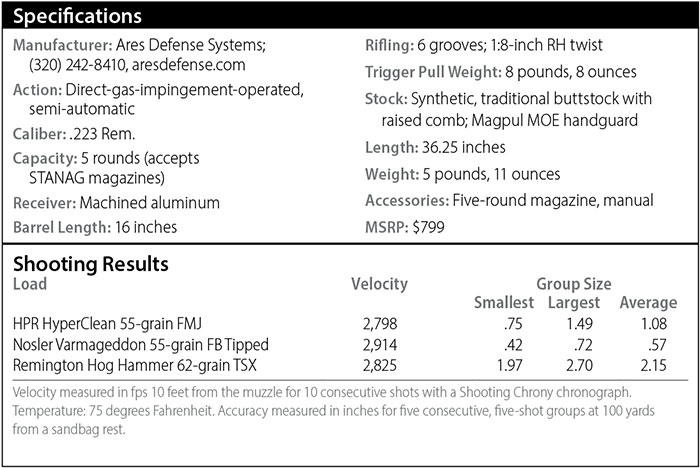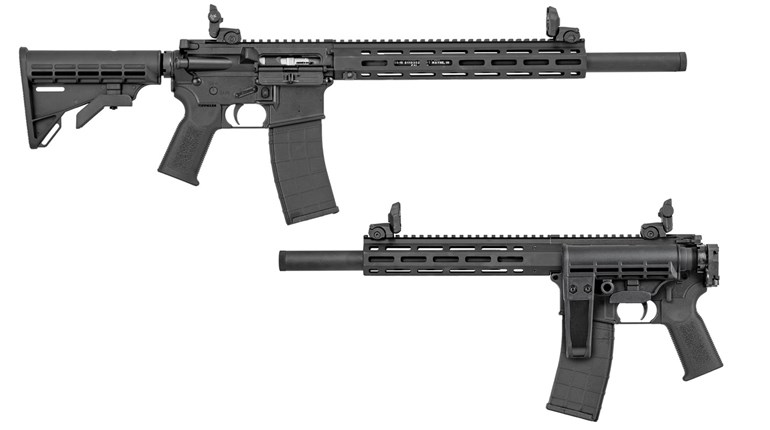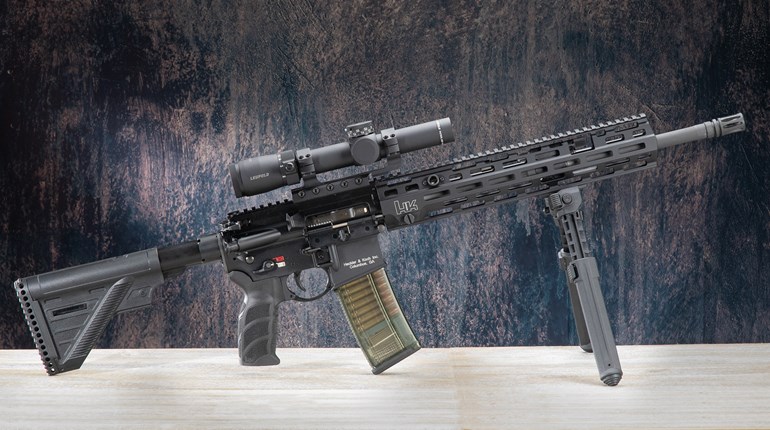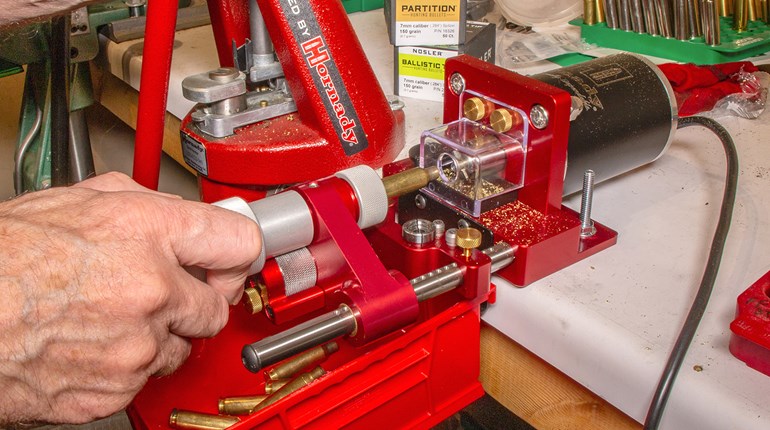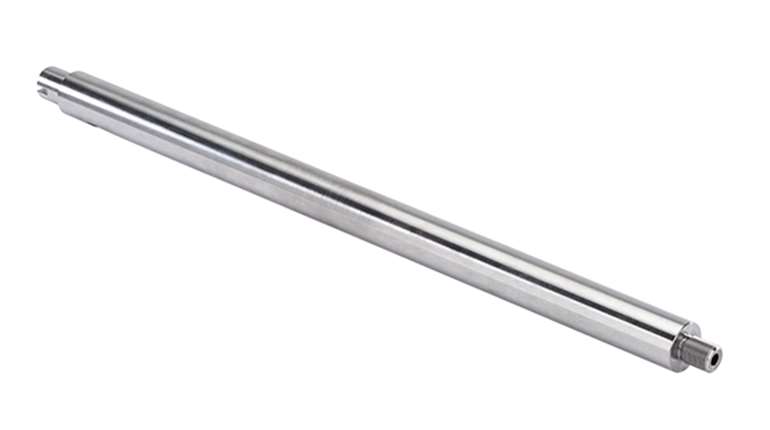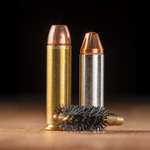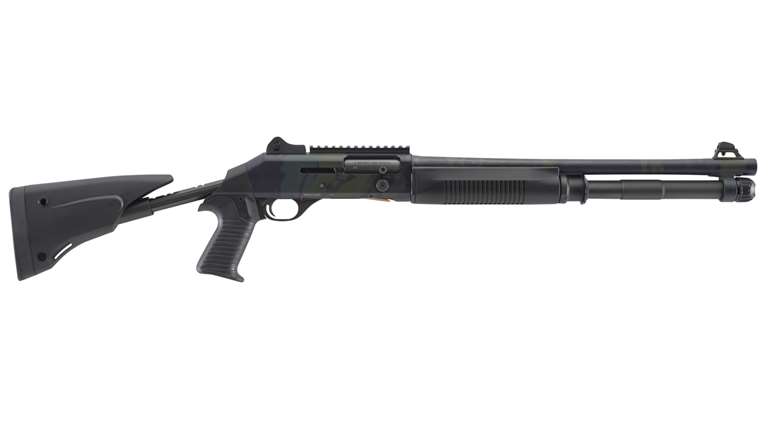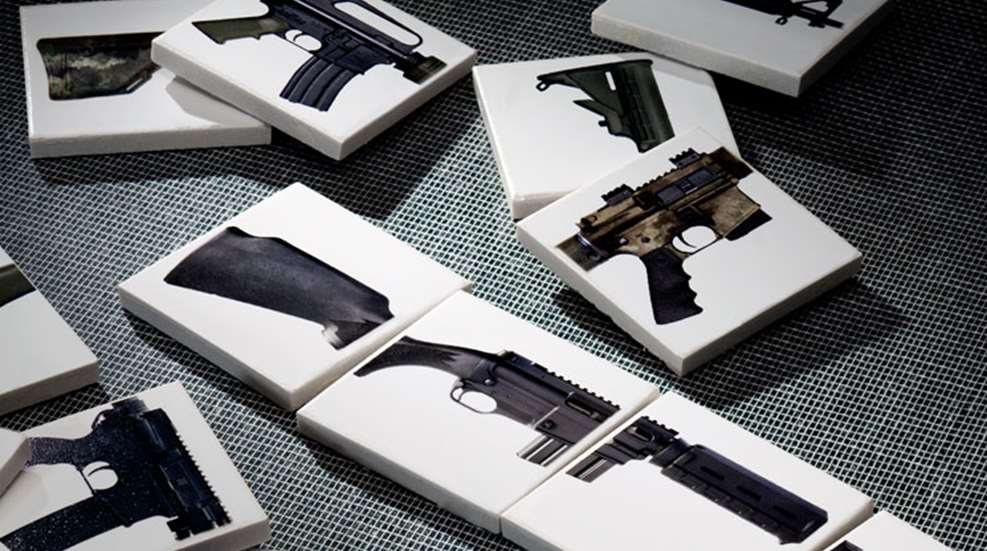
Appearances aren’t everything, unless you’re an AR-15. Apparently, some folks feel the AR is the image of evil personified, believing the protruding sights the horns of Lucifer, the flash hider his pitchfork and the pistol grip his serpentine tail. Wouldn’t it be cool if an AR could be made to not look like an AR?
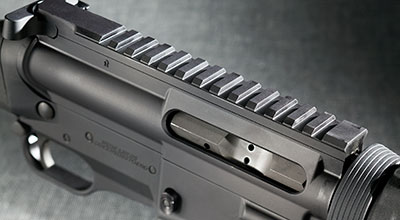
In 2003 when it seemed the 1994 “Assault Weapons” ban might not sunset, Geoff Herring at Ares Defense Systems thought the same thing, so he started working on a cosmetically different AR. The ban expired, however, so the project was shelved. AR-15 sales skyrocketed, but the hoplophobia (a term coined by the late Col. Jeff Cooper to describe an irrational aversion to firearms) continued, infecting politicians in several states.
Ares Defense Systems decided to revisit the project, and the SCR was announced in 2014. Located in Melbourne, FL, Ares designs and manufactures firearms and accessories for the military, law enforcement and sporting markets. With the SCR, the company’s goal was to create an AR-15-type rifle/carbine legal in all 50 states. That is why this newfangled AR resembles a common sporting rifle.
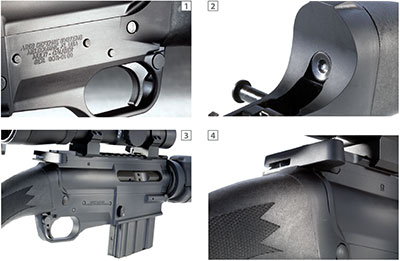
There are three distinct differences between the AR-15 and the SCR: the lower receiver, the stock and the bolt carrier. The SCR’s lower receiver is not as tall as the lower on an AR-15, nor is it as heavy. However, it retains the same mil-spec, two-pin attachment and will accept any AR-15 magazine. More importantly, the SCR lower attaches to a conventional stock—actually a Remington 1100 shotgun stock—and the SCR’s trigger and trigger guard are configured to work with this stock.
But, the stock retains its shotgun lineage. You see, with a Remington model 1100, the recoil mechanism is housed in the wrist (or grip section) of the stock. This creates a problem when you attach an AR-15 upper to the lower receiver of the SCR, because the AR upper relies on a buffer and recoil spring in line with the bolt carrier and barrel. The SCR lower has no buffer tube, so a traditional AR upper will not work. Right?
Wrong. Ares knew for the SCR to have mass appeal, it would have to retain the modularity of the AR platform. In order to make the SCR work with any upper assembly, Ares designed a new bolt carrier with a plunger at the rear, similar to that found on a Remington 1100 or a Benelli semi-automatic shotgun. Any AR-15 upper will fit on the SCR, as long as you change the bolt carrier to the special Ares design.
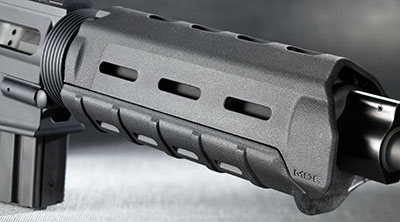
In a nutshell, that’s the difference, except for looks. The SCR functions like an AR, will accept accessories designed to fit an AR and it runs and shoots just like an AR—well, almost. From a manual-of-arms standpoint, there are some further differences. The SCR does not have the rocker-type safety found on an AR. Instead, there’s a trigger-blocking, push-button safety integral to the rear of the trigger guard. Furthermore, the SCR does not have a bolt-lock/release button, so the action will not lock back after the last round in a magazine is fired.
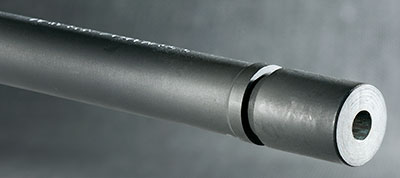
As for the rest of this little carbine, the 16.5-inch, button-rifled barrel is thin, only measuring .6 inch in diameter. It’s fitted with a low-profile gas block and a carbine-length (7-inch) gas tube. The handguard is a Magpul MOE unit and, like the stock, is basic black. The machined-aluminum lower and upper receivers have a mil-spec, black, hardcoat-anodized finish, and the upper receiver has an integral Picatinny rail with 13 slots. The SCR is 36.25 inches long and weighs a scant 5 pounds, 11 ounces. A shorter version is available that shaves an inch off the gun’s length-of-pull.
When I first handled the rifle at the 2014 NRA Annual Meetings & Exhibits in Indianapolis, IN, I classified it as the next best thing and too good to be true. When one arrived for testing, I expected one of those horrendous days at the range. Let me be the first to say I was right on my first observation, and wrong on the second. This little carbine works and is capable of precise shooting.
Using a sandbag rest and a Nightforce SHV 4-14x56 mm riflescope, I fired five, five-shot groups, with three different randomly selected loads. The average group size at 100 yards for all 15 groups—a total of 75 shots—was a surprising 1.27 inches. That’s impressive, especially considering the SCR’s price. As I’ve mentioned in these pages before, based on my testing of a multitude of AR-15s at various price points, I’ve concluded that 1.5-inch, five shot groups at 100 yards is about average when I’m shooting and using randomly selected munitions.
The SCR functioned flawlessly, but to really appeal to the masses the SCR needs to perform in tactical-training applications, while hunting and in competition. So, I installed a Trijicon RMR on an American Defense quick-release mount, and attached it to the Picatinny rail on the upper receiver. Positioning a target at 50 yards, I ran the combination through my Scout Rifle Workout Drill five times to establish a performance average. In this drill, the object is to fire four shots—one standing, one kneeling, one sitting and one prone—all with a time limit of 30 seconds, without missing the 5-inch kill zone on an IPSC target.
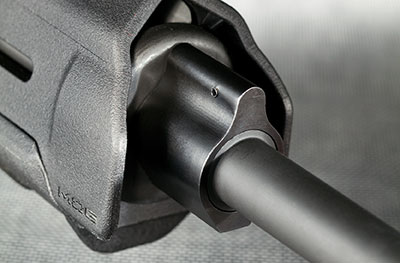
The first run was blistering fast for me: 18.5 seconds with one bullet landing just on the outside edge of the 5-inch circle. The next four runs were clean and timed at between 20 and 24 seconds with no misses. This is a few seconds faster than I normally run the drill with a conventional AR, and I can only credit the lightness of the SCR and my familiarity with a conventionally configured rifle for my speedy performance.
Next, I removed the RMR and installed a Nightforce Compact 1-4X scope, specifically configured for me by Nightforce. This optic has a simple Nightforce IHR reticle, but at my request, it is inverted to make trajectory compensation (holdover) easier. I went through 100 rounds shooting steel targets of various sizes, while replicating field positions and scenarios you might come across during a self-defense encounter, in competition or while hunting. I found the carbine a bit butt heavy, balancing just in front of the trigger guard. This is great for handiness and for getting on target quickly, but it does somewhat handicap off-hand shooting at distance. Still, hits on man-size silhouettes at 200 yards were easy. From a seated position, headshots were simple, too.
As with many firearms, when you start practical drills you discover things you may not realize when shooting from the bench or plinking. Given the repositioning of the trigger guard and the conventional buttstock, you cannot reach the magazine release without abandoning your shooting grip. In an all-out fight this would slow reloading and potentially cause problems in keeping the muzzle on target. Similarly, the lack of a bolt stop/release—while it may seem like a mere administrative tool—changes the way you load or unload the SCR. Full AR magazines are difficult to seat when the bolt carrier is forward, since you don’t have the ability to lock the bolt carrier to the rear when loading or unloading.
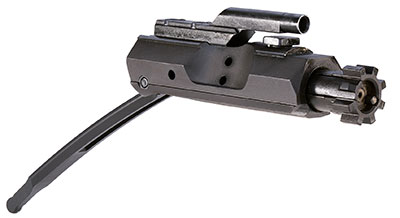
Few of us expect ARs at the sub-$1,000 price point to have great triggers, but that is my only real complaint with the SCR: the trigger broke at 8.5 pounds. Even though it was very crisp, creep-free and had minimal take-up and overtravel, I consider the pull weight far too heavy for precision work.
Still, if I lived in a location where I could not own a true AR, I’d be on the SCR like it was a high school sweetheart. In fact, even though I live where I can own any AR, I’m still considering the SCR—it’s just too incredibly light and handy to ignore. I could live with the hard-to-reach magazine release and the lack of a bolt stop, and the trigger needs some work, but the SCR remains the most noteworthy advancement to the AR platform since the flat-top receiver and the modular handguard. I’m betting there are a bunch of folks in certain states who already have one on order. If they don’t, they should. Right now, it is the next best thing, and the rule—as the SCR has proven—remains: Looks aren’t everything, even if you’re an AR.

